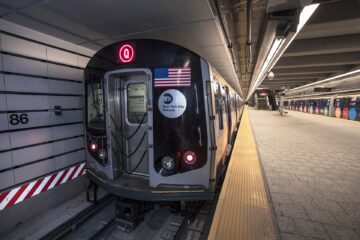Alon Levy interviewed at Asterisk:
 Asterisk: The overarching question in your transit policy career has been: Why is America so bad at building transit systems? Earlier this year, your team at NYU released a massive report comparing transit costs in Istanbul, Italy, Sweden and Boston, and then, of course, New York. It culminates in your fantastic case study of the Second Avenue subway line. And that’s where I wanted to start. What went wrong?
Asterisk: The overarching question in your transit policy career has been: Why is America so bad at building transit systems? Earlier this year, your team at NYU released a massive report comparing transit costs in Istanbul, Italy, Sweden and Boston, and then, of course, New York. It culminates in your fantastic case study of the Second Avenue subway line. And that’s where I wanted to start. What went wrong?
Alon Levy: Let’s go back to John Hylan. Hylan was a populist mayor between 1918 and 1925. He ran against various corporate interests, which at the time included private streetcar companies. Hylan was hostile to the private operators. This led to bustitution — using buses to undercut the streetcar companies, though even then it was clear that the buses were providing inferior service that cost more to provide.1
And he was also against the private companies that were running the subway. So the city started building something called the Independent Subway System, commonly known as IND (because the private companies were called IRT, Interborough Rapid Transit). It was built by the city with the express purpose of driving the privates out of business — so the lines were kind of duplicative of the older lines. Only in two places did they truly expand into new places that were not served before. One is the G train, the Crosstown Line between Long Island City and downtown Brooklyn. The other is the Queens Boulevard line.
It added value. But it was also redundant on purpose — and it culminated in the city buying out the private operators at Depression prices.
More here.
